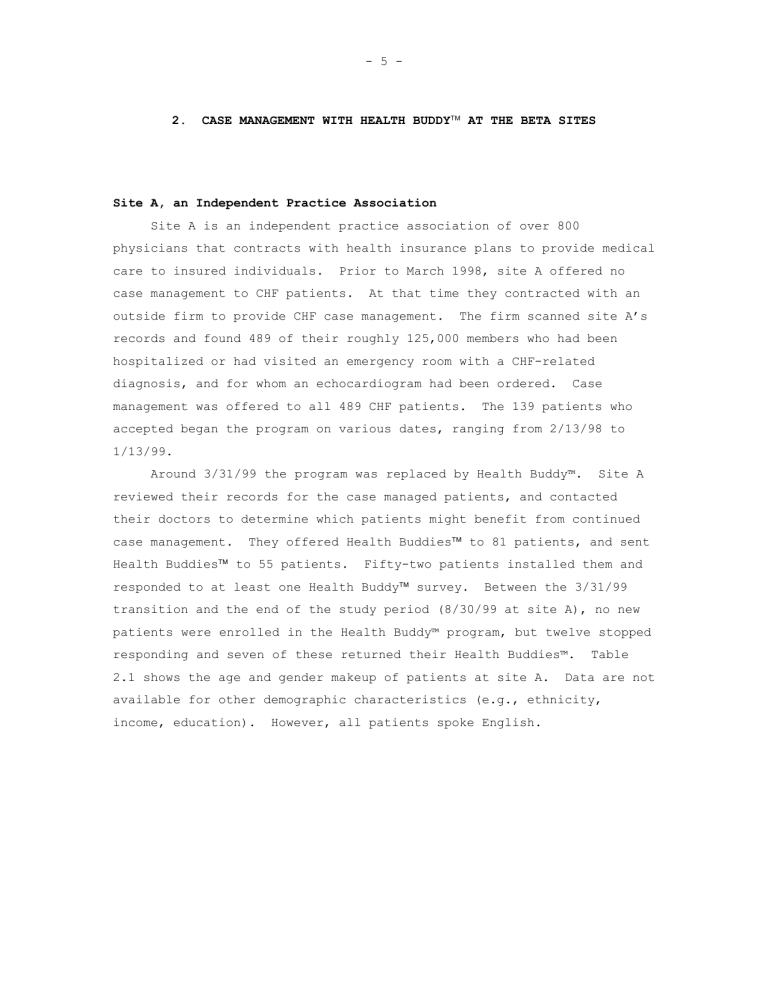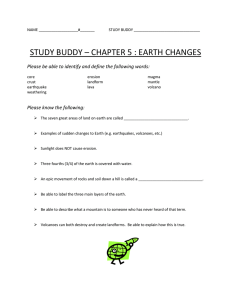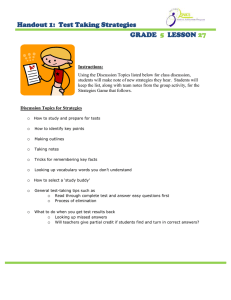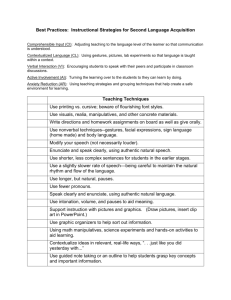- 5 - 2. CASE MANAGEMENT WITH HEALTH BUDDY

- 5 -
2. CASE MANAGEMENT WITH HEALTH BUDDY
AT THE BETA SITES
Site A, an Independent Practice Association
Site A is an independent practice association of over 800 physicians that contracts with health insurance plans to provide medical care to insured individuals. Prior to March 1998, site A offered no case management to CHF patients. At that time they contracted with an outside firm to provide CHF case management. The firm scanned site A’s records and found 489 of their roughly 125,000 members who had been hospitalized or had visited an emergency room with a CHF-related diagnosis, and for whom an echocardiogram had been ordered. Case management was offered to all 489 CHF patients. The 139 patients who accepted began the program on various dates, ranging from 2/13/98 to
1/13/99.
Around 3/31/99 the program was replaced by Health Buddy™. Site A reviewed their records for the case managed patients, and contacted their doctors to determine which patients might benefit from continued case management. They offered Health Buddies
to 81 patients, and sent
Health Buddies
to 55 patients. Fifty-two patients installed them and responded to at least one Health Buddy
survey. Between the 3/31/99 transition and the end of the study period (8/30/99 at site A), no new patients were enrolled in the Health Buddy™ program, but twelve stopped responding and seven of these returned their Health Buddies™. Table
2.1 shows the age and gender makeup of patients at site A. Data are not available for other demographic characteristics (e.g., ethnicity, income, education). However, all patients spoke English.
- 6 -
Table 2.1
Age and Gender Makeup of Site A’s Health Buddy
Patients
Age
Minimum
Average
Maximum
Range
50 - 59
60 - 69
70 - 79
80 - 89
Total
Patients who Responded through 8/30/99
Female Male Total
56.0
73.6
88.1
52.9
72.8
87.7
73.1
2
3
7
3
15
2
7
11
5
25
4
10
18
8
40
Patients who Dropped Out
Early
Female Male Total
55.5
70.8
83.7
1
2
2
1
6
62.5
72.8
82.9
2
3
1
6
71.8
1
4
5
2
12
Site B, A Group of Hospitals
Site B is a group of California hospitals. About two years ago, site B began a case management program for CHF patients. Patients are recruited into the program as inpatients, by physician referral, or by self-referral, in decreasing order of frequency. Generally, patients in
NY Heart Association risk class 1 or 2 stabilize after a few months and may then be dropped from case management. Class 3 and 4 patients remain in the program indefinitely.
Site B began putting some patients from their existing case management program on Health Buddy™ a few months before this writing, and they began receiving responses to Health Buddy™ surveys in the middle of July, 1999. Initially they sent 116 Health Buddies™ to patients. Four were returned, leaving 112 boxes in the field. Of these, 98 responded at least once to the Health Buddy™ surveys and as of the end of the study period (September 15, 1999 for site B), none had returned the boxes. Five of the 98 patients stopped responding within ten days, and another six stopped responding within about six weeks.
Eighty-seven patients continued to respond to Health Buddy™ surveys through the study period’s end. Table 2.2 shows the age and gender makeup of the site B patients. As at Site A, data are not available on other demographic characteristics, save that all patients spoke English.
- 7 -
Table 2.2
Age and Gender Makeup of Site B’s Health Buddy
Patients
Age
Minimum
Average
Maximum
Range
40 - 49
50 - 59
60 - 69
70 - 79
80 - 89
> 90
Missing
Total
Patients who Responded through 9/15/99
Female
45.2
70.7
88.4
2
4
12
14
9
41
Male
43.3
72.5
95.0
16
10
3
3
6
7
45
Total
71.6
5
10
19
30
19
3
1
87
Patients who Dropped Out
Early
Female Male Total
68.8
75.1
85.2
68.8
73.7
81.3
74.5
1
2
1
4
1
1
1
3
4
11
2
3
2
Data
This report is based on three datasets from each site. First, we obtained data from each site on hospitalizations of patients with a diagnosis of congestive heart failure (ICD9 code=428.x). These data covered all hospitalizations from well before the Health Buddy
programs began until the ends of the respective study periods (August
30, 1999 for site A, September 15, 1999 for site B). For each hospitalization, we could identify the patient hospitalized, and we made use of the admission date and discharge date.
Second, we obtained files of responses to Health Buddy
surveys by all patients enrolled in the Health Buddy
programs at the two sites.
For each patient, these files contained all responses from the first time the patient used his Health Buddy
through the ends of the study periods.
Third, we obtained a subset of responses by patients at the two sites regarding how the patient felt about the program. Most of these responses occurred after the ends of the study periods. Was it easy to set up and learn to use the Health Buddy
? Had participating in the program improved the patient’s understanding of his condition and his ability to manage it? These data include responses by some patients who enrolled in the programs after the study periods. However, we will
- 8 confine our attention to data from patients who were included in Tables
2.1 and 2.2.
We used data on hospitalizations and Health Buddy
responses during the study period (the first two datasets) for each site to assess patient compliance with Health Buddy
surveys (Section 4). Our report of patient compliance, therefore, does not cover the period beyond the end of the study period at either site. Our assessments of the ease of setting up and learning to use Health Buddy
(sections 3), improvements in patients’ understanding of CHF (section 5), and patients’ attitudes towards Health Buddy
(section 6) are based on responses to selection
Health Buddy
survey questions obtained after the study period for each site (the third dataset).



